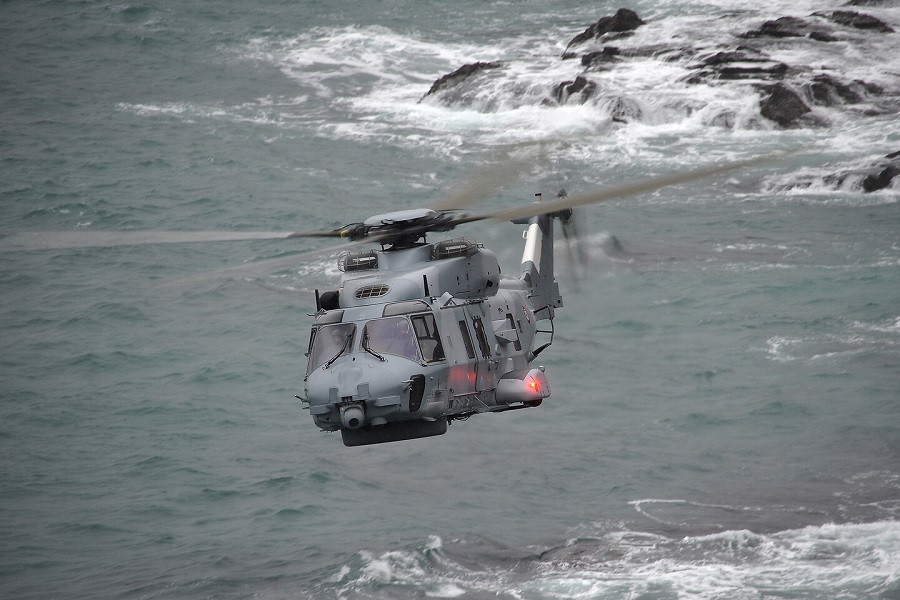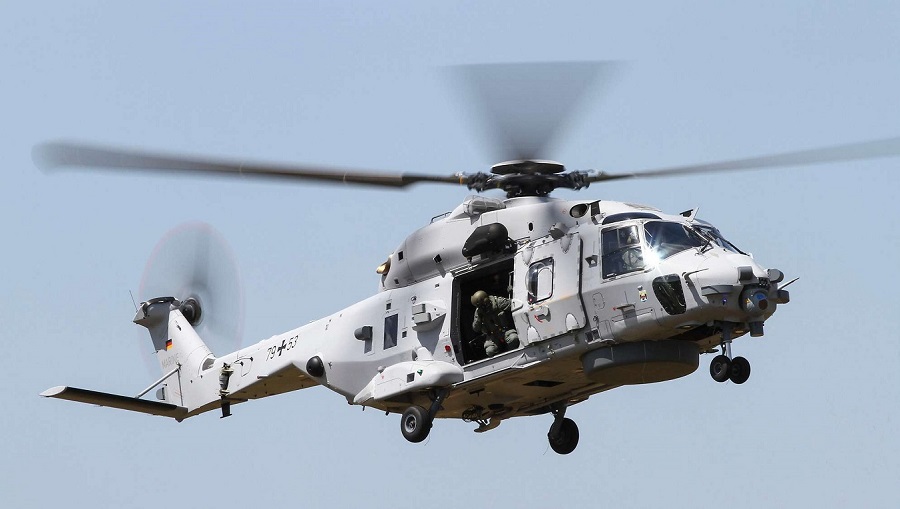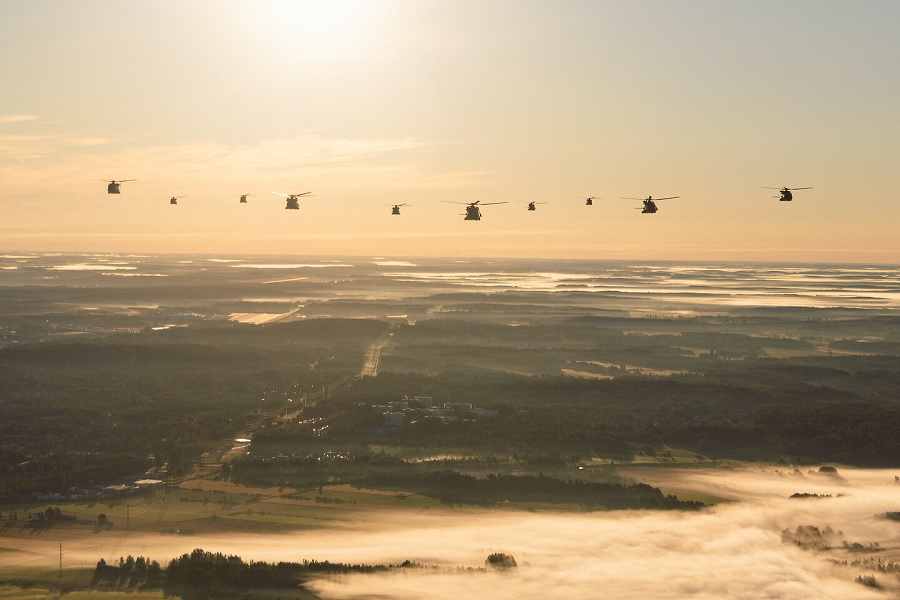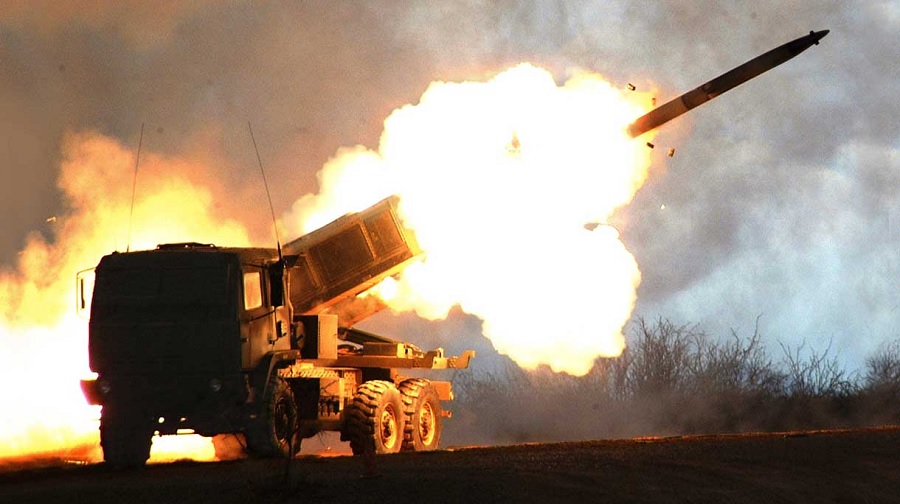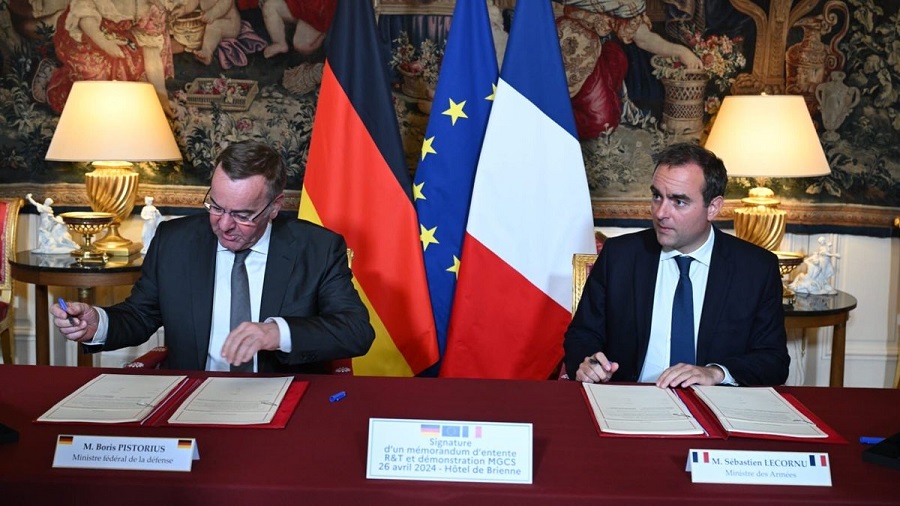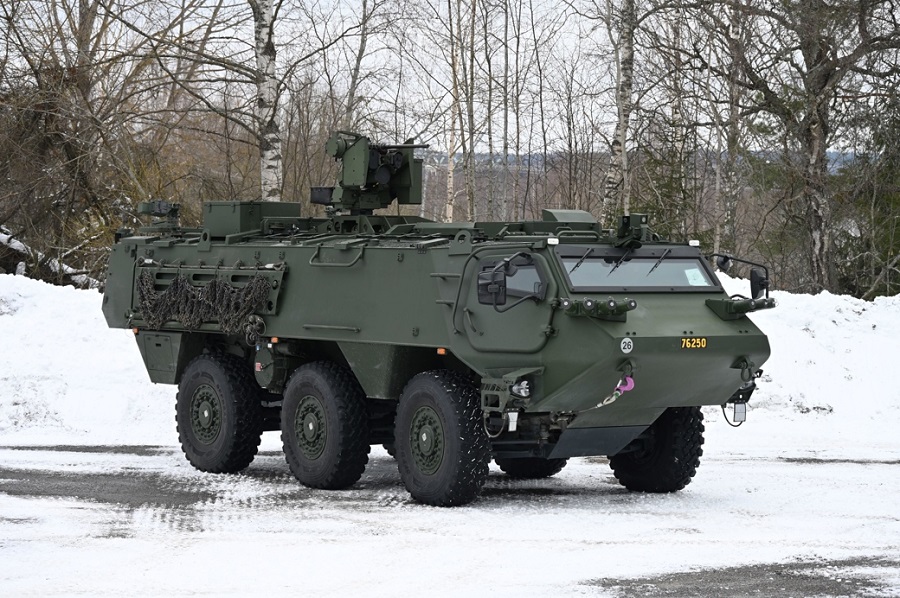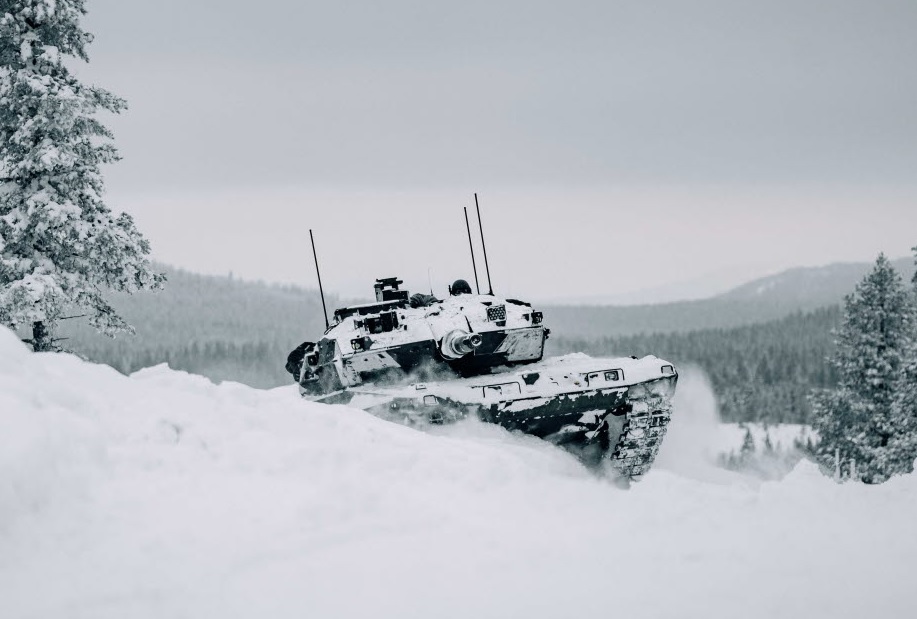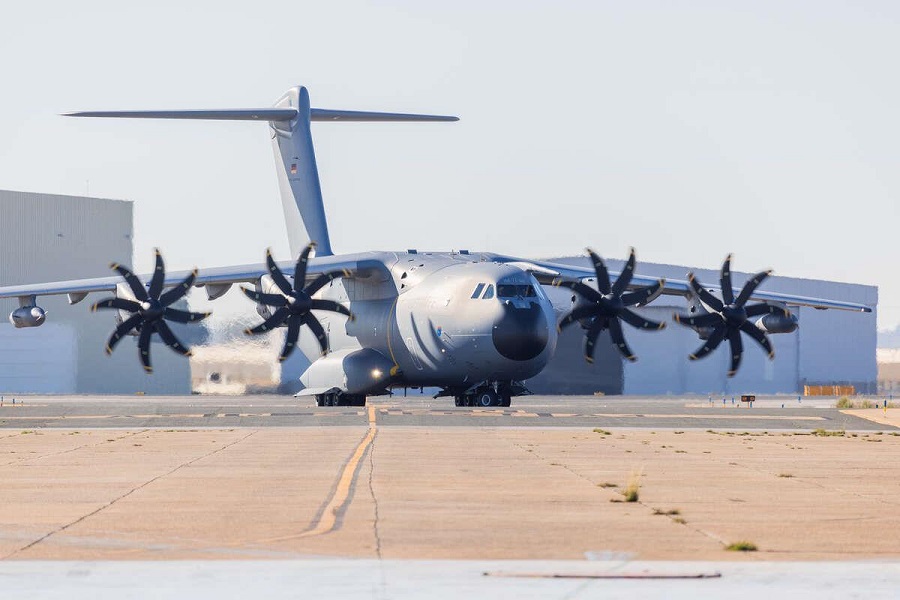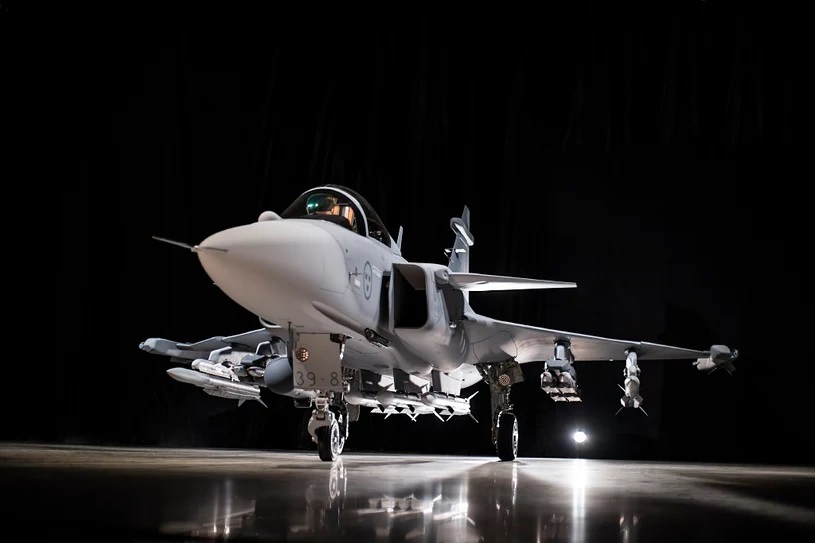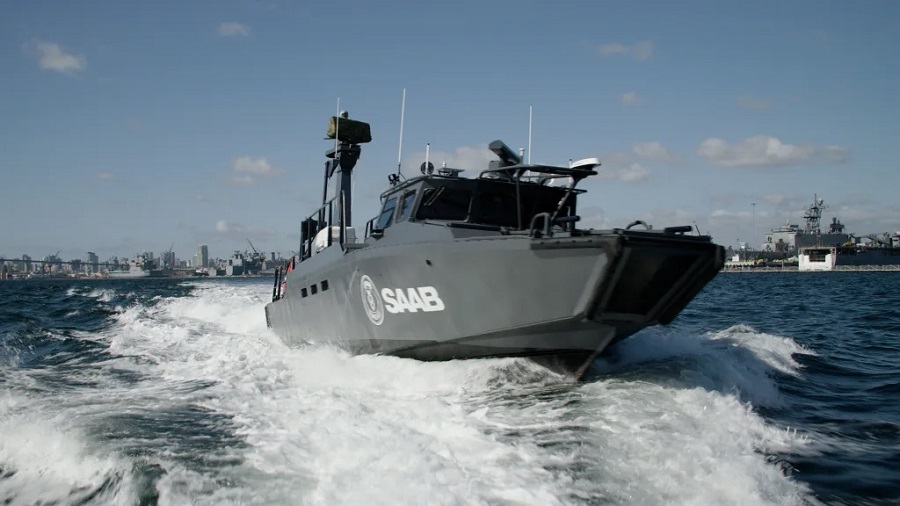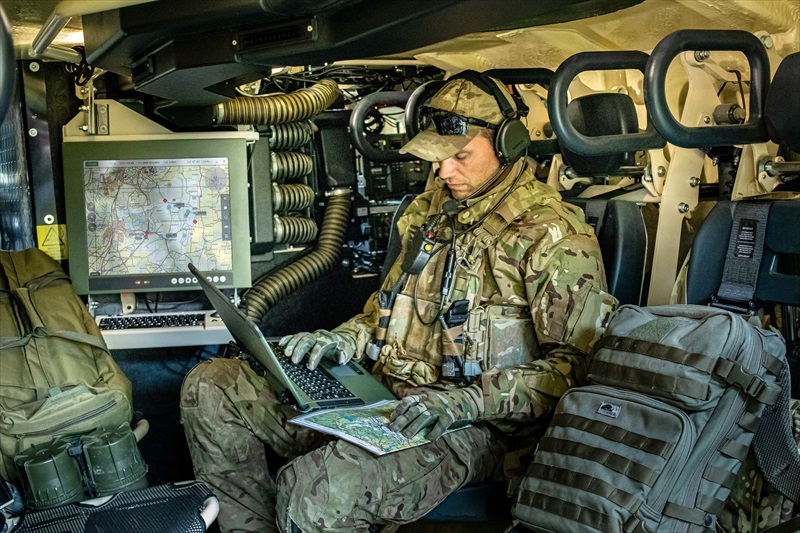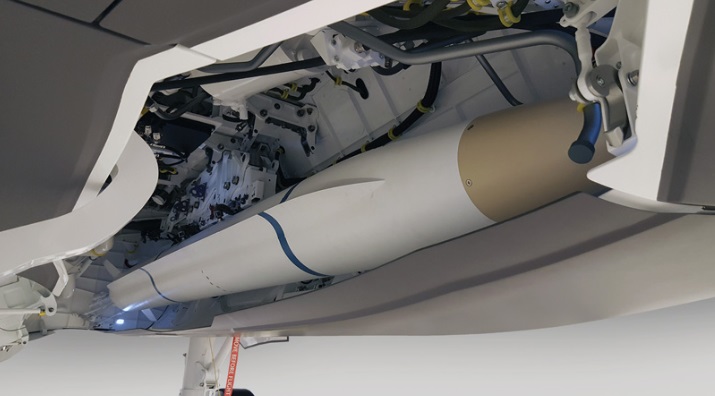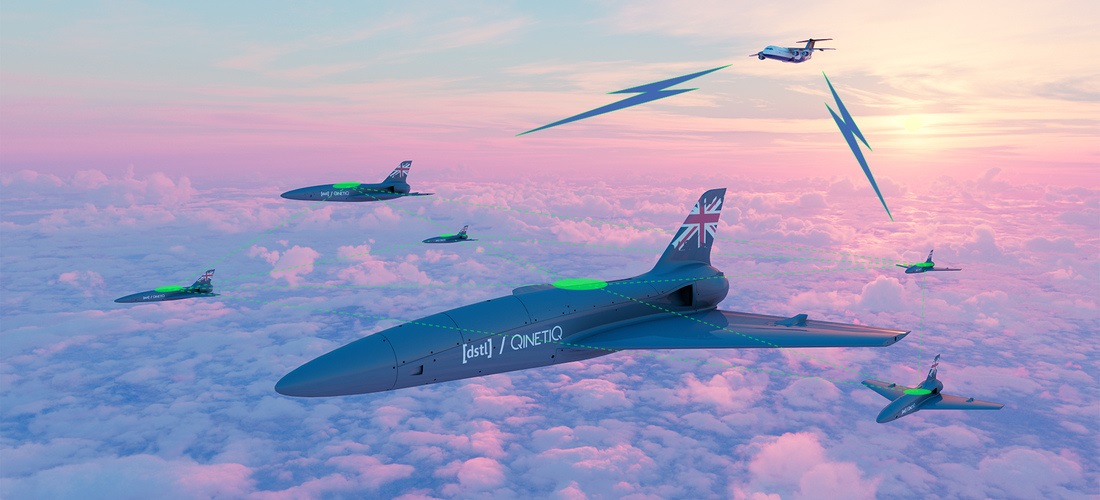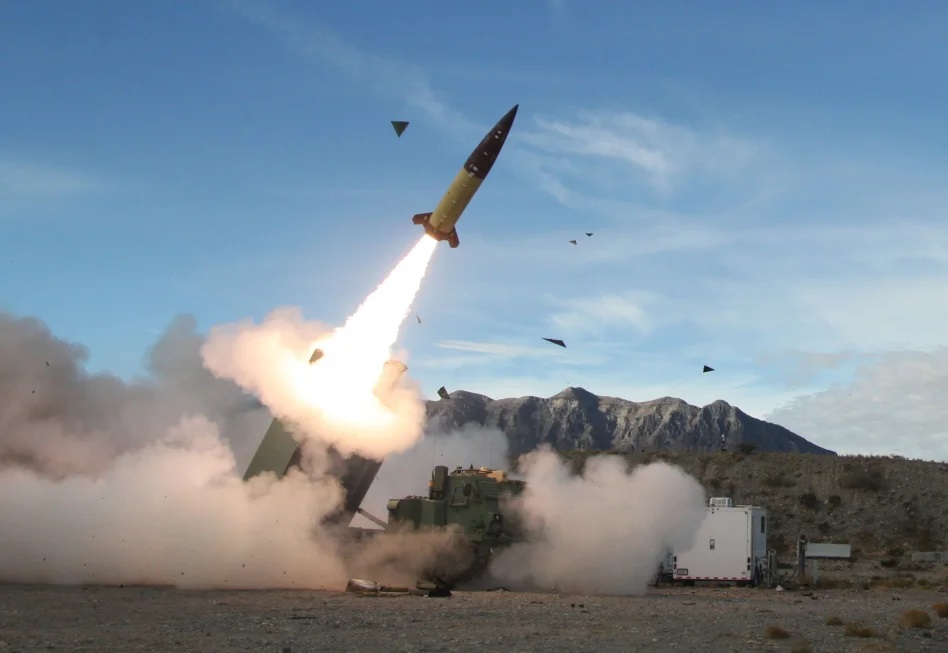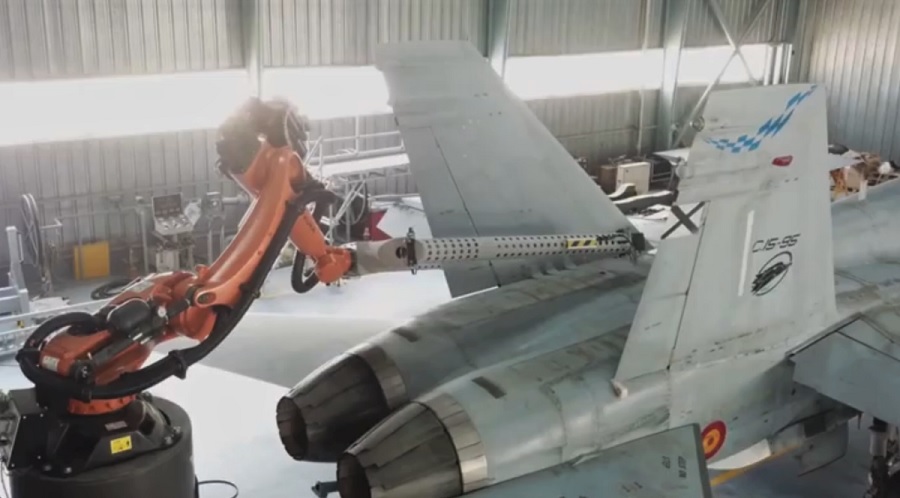Too far for SNSM’s star
“That day, due to the storm, the Maritime Operations Centre in Brest had placed us on high alert to take off in less than an hour,” explains Lieutenant Jean-Baptiste, aircraft commander at the time. “One aircraft was reserved for this alert, and we had also requested the preparation of a replacement aircraft.”
By the end of the day, the winds had strengthened over the Finistère department and swept relentlessly inland. Further west, on the open sea, it was hell for the occupants of the Don Quijote, a 12 meter Danish sailing vessel facing a force 7 sea, with 8 meter high waves. Shortly after 9 p.m., the vessel was overturned by a breaker and lost its mast. There was only one thing left for the crew to do: activate the distress beacon and wait, hoping that emergency services would be able to face the elements… In the next few minutes, the CROSS (Regional Operational Centre for Monitoring and Rescue) picked up the signal and gave the alert. The sinking vessel was located 80 nautical miles off the coast, west of the Crozon peninsula. This was too far for the SNSM rescue vessel: rescue by helicopter was the only option.
“I was at home, just checking the weather situation when the alert was triggered,” continued Lieutenant Jean-Baptiste. “They quickly explained the situation to me: we knew it was a sailing vessel, we knew its geographical position, but we didn’t know exactly what the problem was. I suggested to the CROSS that the helicopter should be medically equipped and sent out with the French Army Health Service’s SMUR maritime team put on call. I quickly called my helicopter diver and we agreed that we should also take a second diver as backup: the situation on the vessel could be very complicated…”
By the time the emergency crew had gathered and geared up, the aircraft was out of its hangar and ready to go. The procedure is well established: just 38 minutes after the first phone call from CROSS, the NH90 Number 17, call sign Rescue Cyclone Victor, was in the air, heading west. On board were the pilot (also aircraft commander), the TACCO (tactical coordinator and co-pilot), a winch operator, two divers, a doctor and a nurse.

A rough sea
“As soon as we were airborne, we faced very strong headwinds.” The NH90 normally travels at a true speed of 145 knots, but against the wind, our ground speed was only 90 knots. Underneath the aircraft, in the darkness, we could see the sea getting rougher and rougher. It was clear to us that we were in for a challenge…”
Three or four nautical miles from the Don Quijote, the sailing vessel’s distress beacon was picked up by the helicopter’s homing system, which was able to take a direct course towards the vessel. The situation encountered by the crew of the 33F was far from encouraging: the vessel had lost its mast and was out of control. Positioned across the swell, it was being regularly swamped by the waves.
“We took a few minutes to analyse the situation. We figured that the loss of the mast was to our advantage, that it would facilitate the rescue operation. As soon as we started trying to winch the diver though, we realised that the vessel’s movements were too chaotic, too fast. The distance between the Don Quijote and our helicopter was constantly fluctuating between 15 and 45 m… The automatic hover pilot alarms were triggered several times… After a few minutes, we pulled the diver up and backed off…”
The passengers of the Don Quijote had worked out what was going on: to be winched out, they would have to abandon their vessel and board the life raft.
“It was only when we saw them leaving the vessel that we realised there were not two but six people to save,” recalls Lieutenant Jean-Baptiste, who added: “But the situation was already a little easier with the raft drifting. We lowered the diver who managed to get a foothold on the vessel. He was in the process of putting the harness on the first person when we saw a huge breaker coming. It swept the raft into the back of the helicopter and turned it upside down. At that moment, the winch cable stretched to such an angle that it suddenly snapped. There was a loud crack that echoed through the helicopter, like a gunshot, that made our blood run cold! Fortunately, it broke at the winch and the cable fell into the sea without hitting the rotor!”
The situation was critical: all six survivors and the diver were now drifting in the water; night had fallen and the NH90 was unable to winch them in. It could however still use its search light to help the diver pull together the Don Quijote’s crew. The rescue team then dropped its own life raft, as close as possible to the diver. He grabbed it, inflated it and finally managed to pull everyone aboard. This raised our hopes, but the game was far from over.”
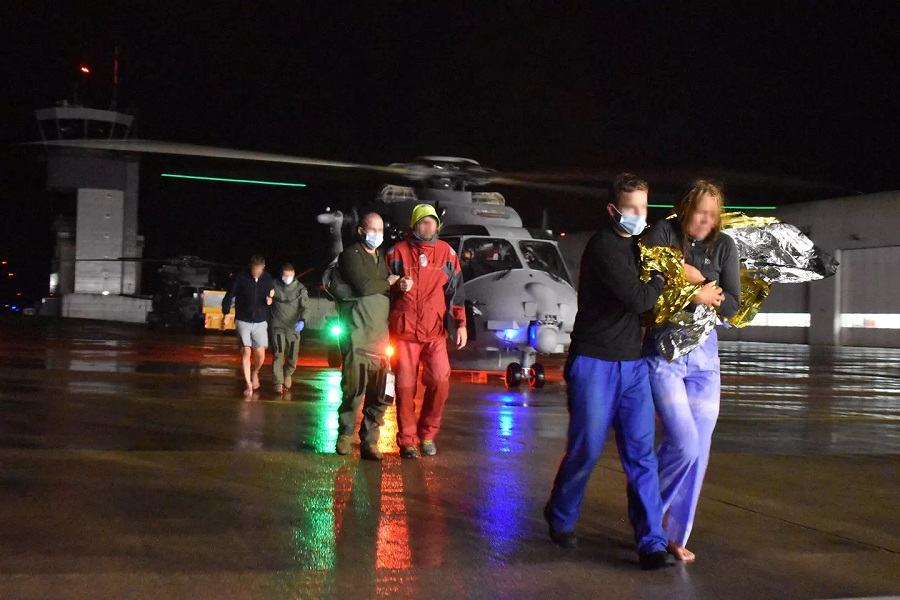
Saved by the Caïman!
“We managed to reach the diver by radio and told him that our winch was bust. This really shook him up… We then explained that we were going back to Lanvéoc to change aircraft.”
At the naval air base, it was all hands on deck: in addition to the only helicopter on standby, every aircraft in the squadron was being prepared and the crews were being mobilised. Nobody knew what the rest of the night would bring…
When the NH90 Number 17 landed, the Number 04 was waiting, ready to take off. The crew took a few minutes to catch their breath and evaluate the situation, before getting back in the air.
In the life raft, the diver took charge. With 15 years’ experience, his presence was crucial to the six Danes on board. In the meantime, a cargo vessel was diverted to rescue them. The sea was too rough for it to intervene directly, but it stayed close by and transmitted the precise position of the raft to the CROSS. The information was passed on to the helicopter, which returned to the area a little over two hours after it left.
It may have looked as if the worst was over, but no… With 60-knot winds that were dangerously close to the maximum allowed by the flight envelope, it took the helicopter 36 minutes to recover the seven occupants from the raft. The storm was so violent that the helipad at the Brest hospital was completely unusable. Shortly after 3 a.m., 4.5 hours after the mission was launched, the NH90 returned to Lanvéoc, where the break room of Air Naval Squadron 33F had been transformed into a treatment room.
That night, I wasn’t sure the mission could have been accomplished with any aircraft other than the NH90,” concluded Lieutenant Jean-Baptiste. “Its power, its durability, its flight performance, everything came together to save the six people on the Don Quijote.”


